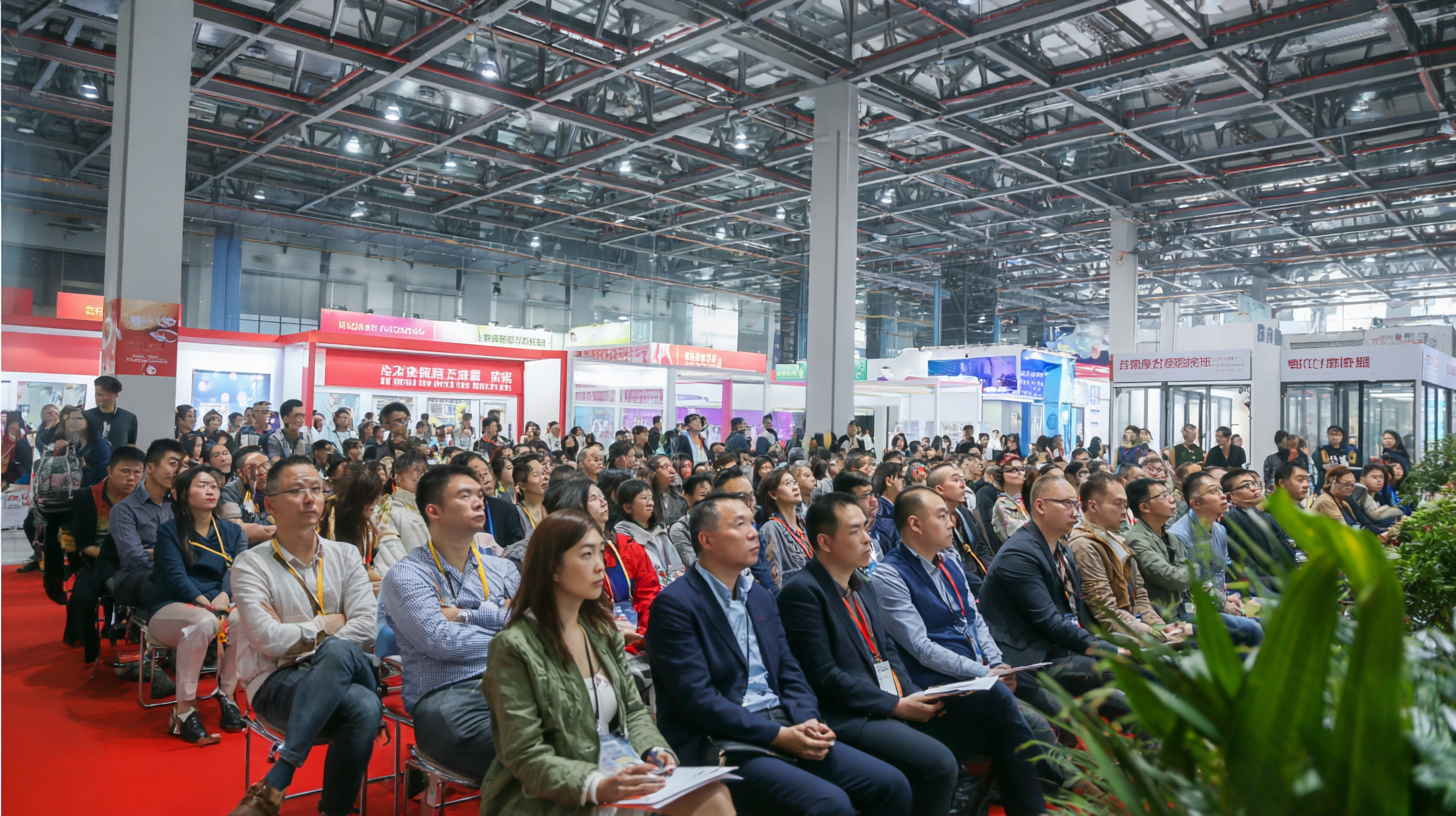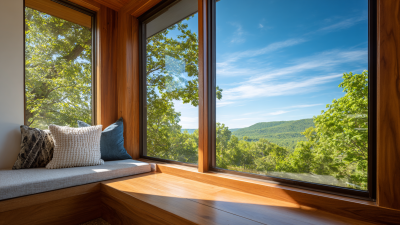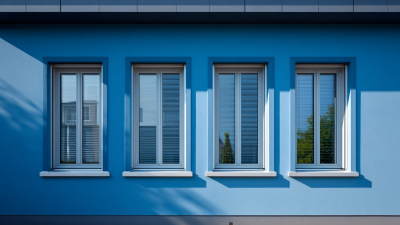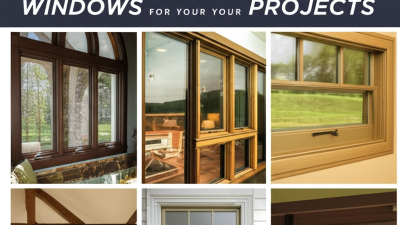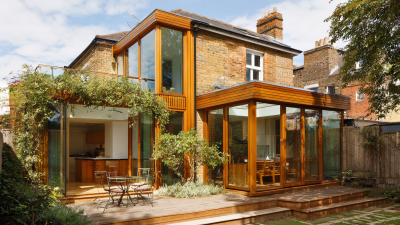As the global construction landscape continues to evolve, the demand for energy-efficient building solutions is more pressing than ever. The upcoming 2025 China Import and Export Fair, also known as the 138th Canton Fair, serves as a vital platform for industry stakeholders to explore innovative products, including the revolutionary Passivhaus Windows. These windows are crucial components in achieving the stringent energy performance standards set by the Passivhaus design methodology, which aims to minimize energy consumption and maximize comfort in residential and commercial buildings. With a growing emphasis on sustainable construction practices, this year's fair promises to unveil key insights and trends that can shape the future of Passivhaus Windows. Attendees will have the opportunity to engage with cutting-edge designs, materials, and technologies that not only enhance energy efficiency but also contribute to a greener environment, making this event a significant milestone for the industry.
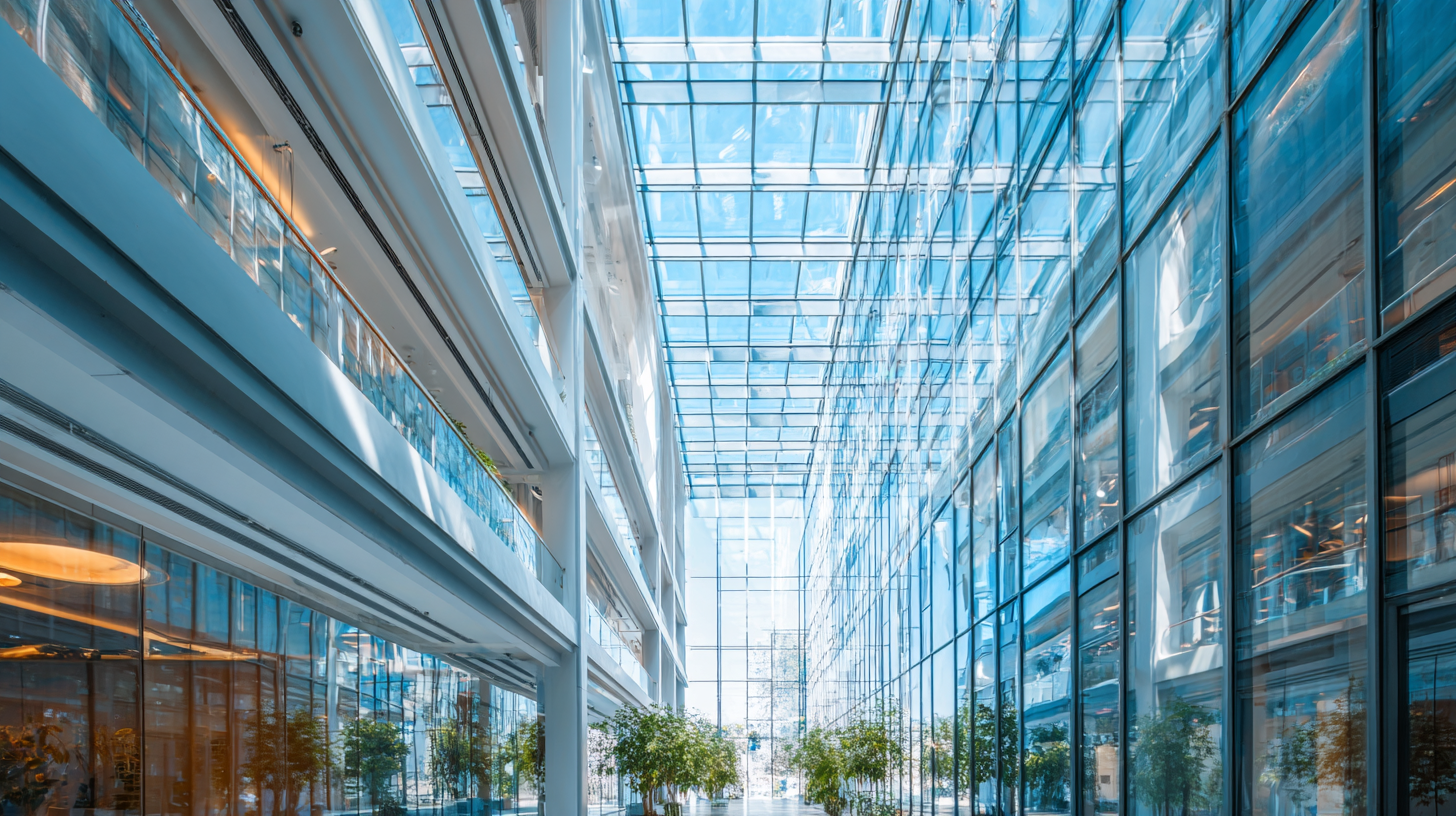
The future of Passivhaus windows is being shaped by significant innovations and technologies that aim to enhance energy efficiency in the building sector. As highlighted at the 2025 China Import and Export Fair, these advancements focus on creating windows that not only meet stringent energy performance criteria but also integrate seamlessly into modern architectural designs.
Enhanced glazing technologies that minimize heat loss while maximizing natural light are at the forefront, allowing for passive solar gains without compromising the thermal envelope of buildings.
Moreover, the incorporation of smart technologies is revolutionizing the functionality of Passivhaus windows. Automated shading systems, integrated sensors for temperature and humidity control, and smart glass that adapts to environmental conditions are just a few examples. These innovations provide homeowners and builders with tools to optimize energy consumption further, reduce heating and cooling costs, and increase the overall comfort of indoor spaces. As the demand for sustainable building practices grows, the evolution of Passivhaus windows will undoubtedly play a critical role in the industry’s journey toward greater energy efficiency and environmental responsibility.
The growing demand for sustainable building materials is reshaping the construction landscape in China, particularly within the realm of Passivhaus windows. As environmental concerns rise and energy efficiency becomes a priority, more developers and homeowners are turning to Passivhaus standards, which emphasize rigorous thermal performance and energy conservation. This shift aligns with China’s broader commitments to sustainability and carbon neutrality, making Passivhaus windows an attractive option for modern construction projects.
At the 2025 China Import and Export Fair, industry experts will likely highlight the trend towards integrating Passivhaus windows in residential and commercial buildings. These windows not only enhance energy efficiency but also improve indoor comfort, thereby appealing to a growing segment of environmentally conscious consumers. Moreover, as regulations tighten around building emissions and energy use, the demand for innovative solutions like these windows will only escalate, positioning them as a key player in China’s sustainable building materials market. The fair will serve as a platform for stakeholders to explore the latest advancements and opportunities within this burgeoning industry.
This bar chart illustrates the growing demand for Passivhaus windows in the Chinese market from 2019 to 2025. The data indicates a significant increase in units sold, reflecting the rising interest in sustainable building materials.
As the demand for energy-efficient buildings continues to rise, the Passivhaus standard is gaining traction in the architectural and construction industries. According to a comprehensive market analysis, the global Passivhaus window market is projected to grow at a CAGR of 10.5% from 2023 to 2025, driven by increased awareness of sustainable living and government incentives for eco-friendly construction practices. The 2025 China Import and Export Fair will serve as a key platform for showcasing innovative Passivhaus window solutions, offering a glimpse into the technologies that are shaping the future of energy-efficient designs.
Data from the International Passive House Association suggests that, by 2025, sales of Passivhaus-certified window products may exceed 3 million units globally, indicating a robust market for manufacturers. China, in particular, is expected to become a significant player in Passivhaus window production, with local manufacturers ramping up their capabilities to meet the growing requirements driven by stricter energy efficiency regulations. As industry stakeholders gather at the fair, they will likely highlight advancements in materials and glazing technologies that enhance thermal performance, ensuring that Passivhaus windows not only meet but exceed current energy efficiency standards.
The adoption of Passivhaus windows in China's construction industry is increasingly influenced by recent regulatory changes aimed at promoting energy efficiency and sustainable building practices. As the Chinese government implements stricter energy performance standards in line with global sustainability goals, the demand for high-performance windows is expected to rise significantly. This shift not only aligns with international environmental commitments but also addresses growing public concern regarding energy consumption and carbon emissions in urban buildings.
Moreover, industry stakeholders are adapting rapidly to these new regulations, which provide both challenges and opportunities. Manufacturers are compelled to innovate and enhance the thermal performance of window systems to meet the evolving standards, while builders are encouraged to incorporate Passivhaus principles into their design practices. This evolving landscape presents a ripe opportunity for collaboration between architects, builders, and window manufacturers to pioneer new technologies and best practices, thereby fostering a more sustainable construction environment in China. The momentum gained from these regulatory changes is vital for the broader adoption of Passivhaus principles, ensuring a transformative impact on the country's architectural future.
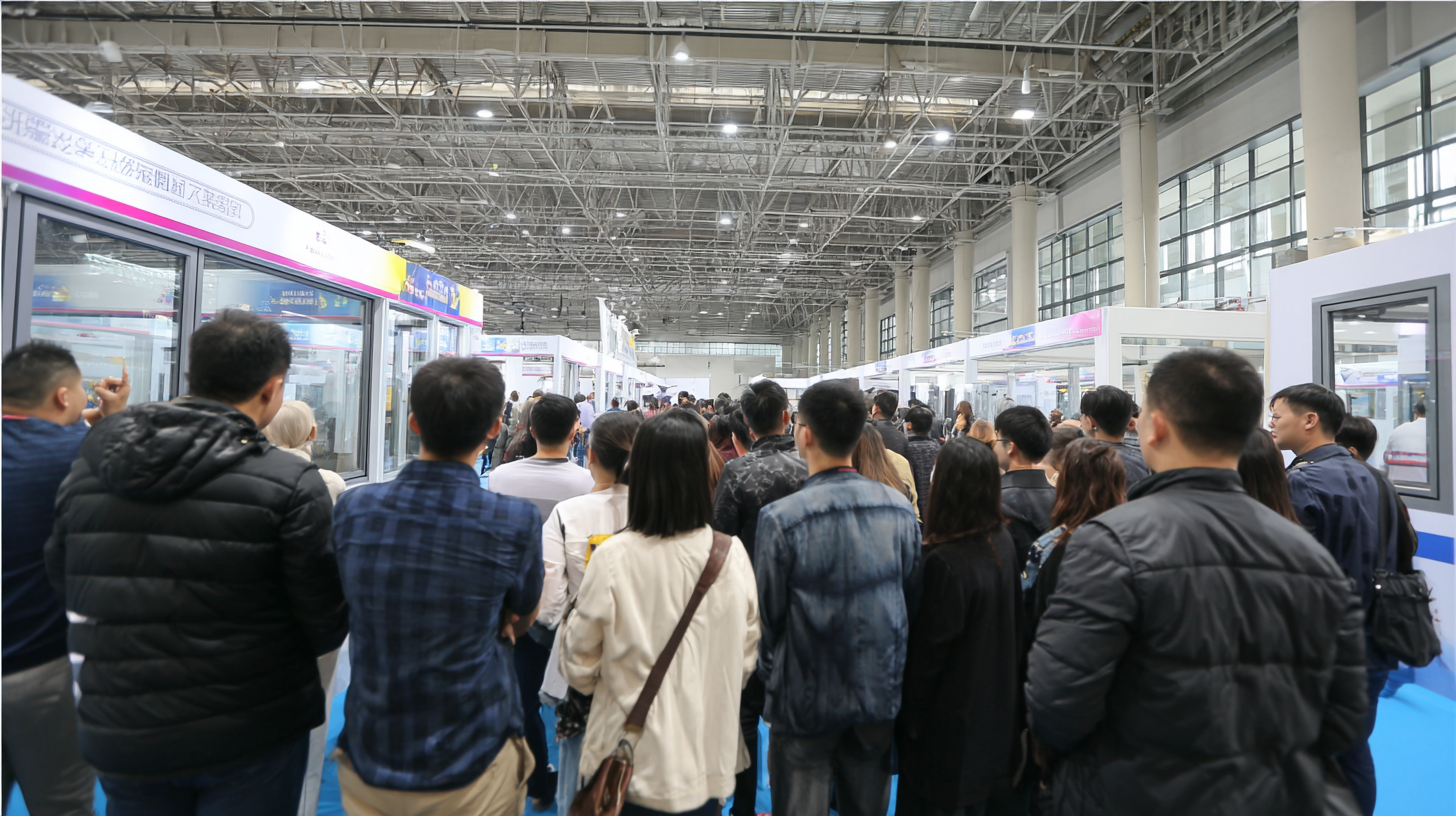
The comparative performance of Passivhaus windows versus traditional windows reveals significant differences in energy-saving metrics, positioning Passivhaus as a frontrunner in sustainable building practices. Passivhaus windows are designed to adhere to rigorous energy efficiency standards that emphasize minimal heat loss and maximum thermal insulation. This results in lower energy consumption for heating and cooling, effectively reducing the overall carbon footprint of a building. By utilizing triple glazing, airtight seals, and superior frame materials, Passivhaus windows not only enhance indoor comfort but also contribute to extended energy savings over time.
In contrast, traditional windows often fall short in energy conservation, primarily due to less effective insulation and air leakage. While they may be more affordable upfront, the long-term costs associated with energy inefficiencies can outweigh these initial savings. As the market for energy-efficient solutions grows, consumers are increasingly aware of the operational costs tied to window performance. This shift in focus is driving demand for Passivhaus windows, particularly in regions where energy consumption is closely tied to climate and economic factors. The insights gained from the upcoming 2025 China Import and Export Fair will further illuminate the impact of this comparative performance on industry trends and consumer preferences.
